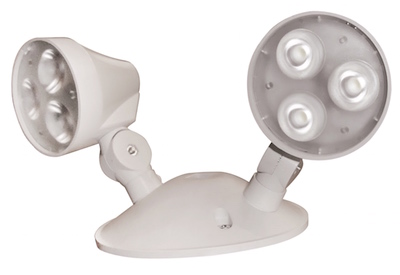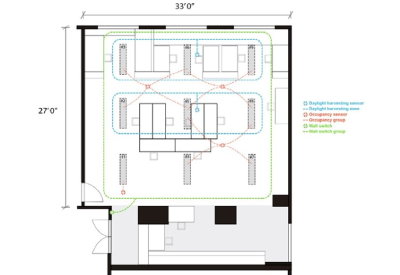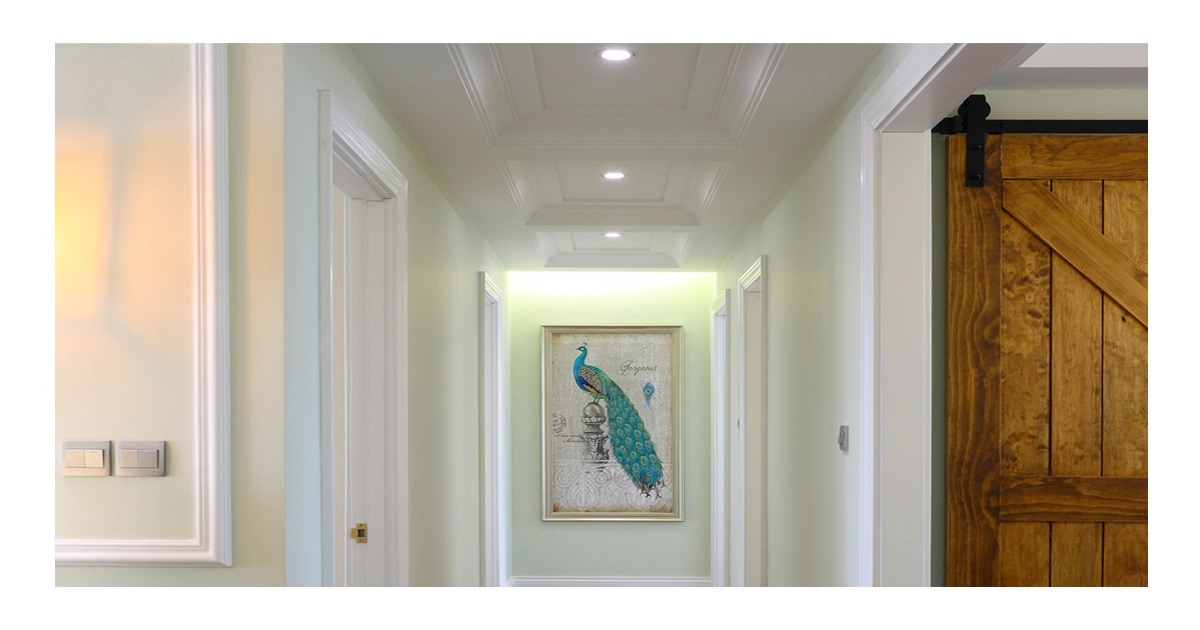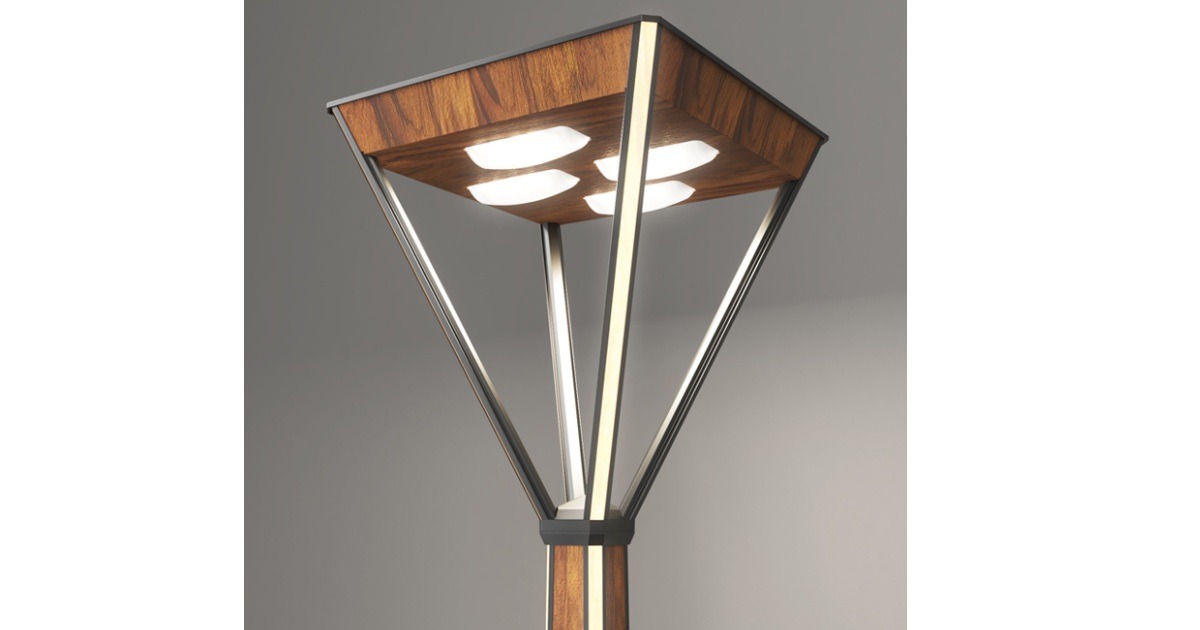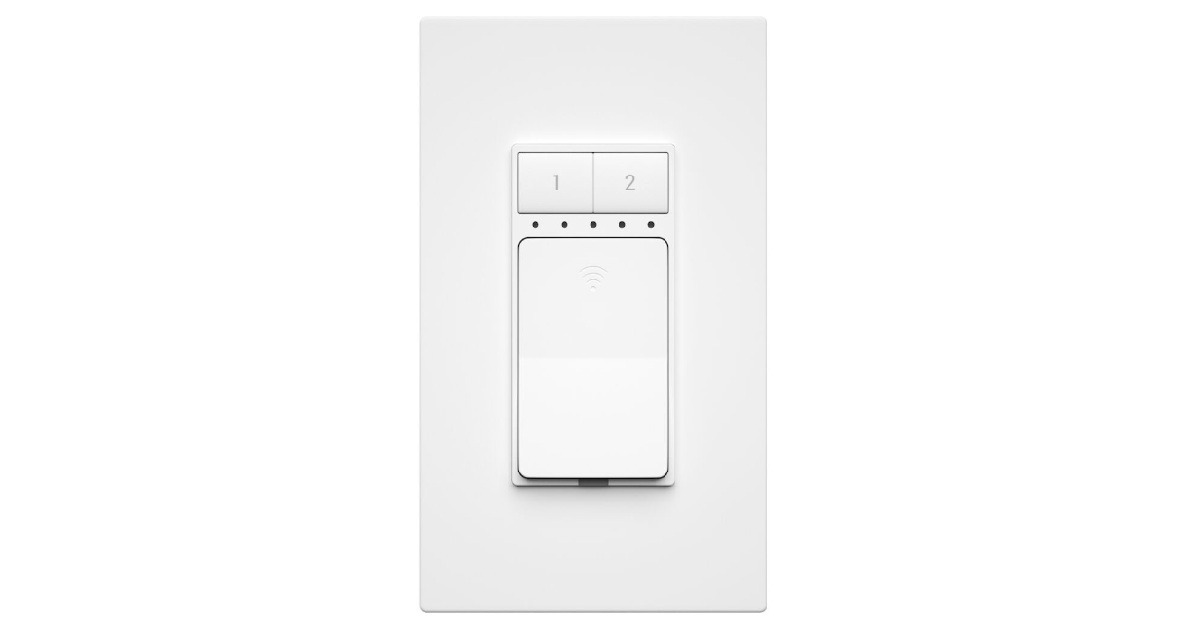The Subconscious Effect of Coloured Lighting
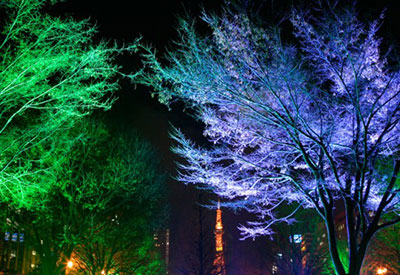
Jordan Sullivan
Colour is frequently used in the lighting industry to bring a bright, vibrant feel to an environment. Sports games, holidays, and raising awareness for a cause are just a few examples of where colour comes into play with lighting. But did you know that each colour carries meaning and has a subconscious effect on our everyday life? Now that the lighting industry is beginning to understand these effects, coloured light is helping people all over the world.
Think of a commercial for baby products. The colour white is almost always present. This is because white symbolizes the beginning of something, innocence, purity, safety, and cleanliness. These words are often associated with babies and new life. Therefore commercials with baby related products draw us in with subtle use of the colour white, in turn putting all these words in our minds.
Just as white symbolizes certain things, the colour blue also carries feelings of calmness, faith, and trust. Blue lighting has a special effect on the body in a variety of ways. Many findings show that the human eye has photoreceptors that are sensitive to blue light, which has an effect on circadian rhythm. Because of this, blue light is good when waking up in the morning and helping a person readjust his circadian rhythm when travelling and suffering from jetlag. Blue LED lighting can also be used to increase blood flow, as the skin is also sensitive to the colour blue, and can ultimately remove pain in the body and promote healing.
Green is also a calming colour, conveying hope, soothing and healing. The colour green is the most visible and sensitive colour to the human eye. Green lighting was introduced into operating rooms in 1914 by Dr. Harry Sherman, who found the colour green reduces glare and complements hemoglobin red, the colour of blood, to create a more visible environment for surgeons. Green light can also enhance learning and concentration, which is why it is sometimes used in classrooms.
Yellow is a warming colour, which can evoke feelings of happiness or joy, as well as spark muscle energy and mental activity. The colour yellow catches attention, which is why it is used often on taxicabs or school buses. In hospitals, warm tones of yellow lighting are used to create a relaxed and cosy atmosphere, which can help patients get to sleep at night.
Orange is a welcoming colour, creating a friendly atmosphere. Some of the meanings behind the colour orange are friendship, endurance, enthusiasm, and creativity. Orange lighting is perfect for bringing home a newborn baby, making them feel at home, welcome, and comfortable, considering red, orange, and yellow are some of the first colours a baby can see. It can also stimulate appetite in young people, which is why orange is associated with healthy foods. The colour orange can also increase oxygen to the brain, therefore triggering increased mental activity.
Light purple generates feelings of wisdom, inspiration, and magic. Dark purple can deter people because it can be associated with sadness or frustration. In hospitals, a purple, or violet light, called “HINS-light” has been found to kill “superbugs,” such as MRSA and C. difficile. According to researchers at the University of Strathclyde in Glasgow, Scotland, better sterilization and disinfection methods in hospitals are considered urgent needs, making this an important finding within the field.
Colour subconsciously affects our everyday life. It is used strategically in retail, restaurants, schools, and hospitals to elicit a specific feeling in people. While each colour has a separate meaning, they also each have a separate feeling associated with them, affecting our mood in everyday situations. Whether lighting is being used to enhance sleep patterns, cure jetlag, promote healing, or generate mental activity in the classroom, coloured lighting is helping people all over the world.
Jordan Sullivan is a contributor to Philips Colour Kinetics blog posts.

